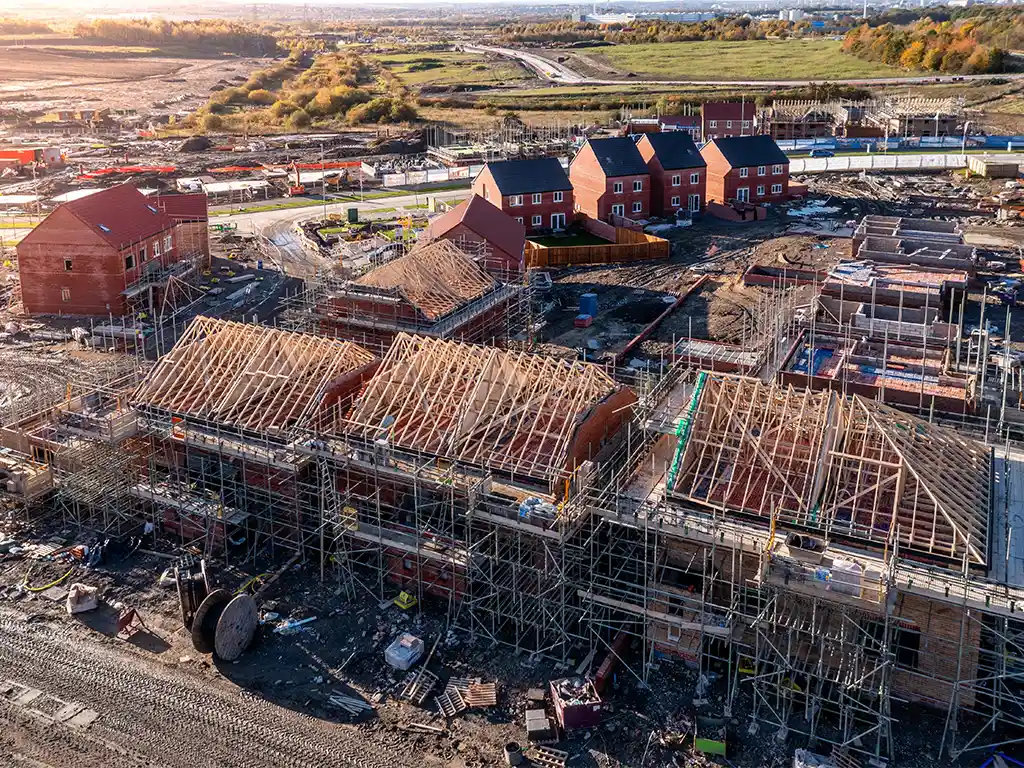In an era where sustainable construction practices are increasingly important, timber engineering metalwork stands out as an essential component. But why does the quality of this material matter? In this post, we delve into the reasons, examining the economic, environmental, and overall project implications of selecting top-grade timber engineering metalwork.
The Essence of Timber Engineering Metalwork in Construction
When it comes to construction, timber engineering metalwork doesn’t just have a walk-on part, it’s a star of the show. This vital aspect of construction brings strength and longevity to timber structures, ensuring they can withstand anything the environment or weight loadings can throw at them. This is all down to the nuts, bolts, connectors and a whole raft of metallic hardware that act as the superglue, holding timber elements together and forming a robust, resilient structure.
But the beauty of metalwork goes beyond its robust nature. It’s also a champion of versatility, offering boundless possibilities for architectural expression and efficient on-site assembly. No two projects are the same and the adaptable nature of metalwork allows it to shape-shift according to the unique needs of each construction, ensuring optimal performance and aesthetic value.
In the vast and varied world of construction materials, timber engineering metalwork is the silent hero, working behind the scenes to ensure our buildings are safe, sustainable, and built to last.
The Quality Factor: Why It Is Non-Negotiable
The calibre of timber engineering metalwork is a matter of great importance, playing a direct role in shaping the stability and lifespan of the entire construction. If you opt for high-quality metalwork, you are choosing components that can resist corrosion, effectively guaranteeing the durability of the timber structures they support. Such top-notch metalwork also shines under pressure, bearing weight loadings without a hitch and significantly reducing the risk of structural failures.
On the flip side, it is worth noting that choosing subpar metalwork is a gamble that could compromise the safety of the entire structure. It’s a risk that could lead to a series of costly repairs or, in the worst-case scenario, a catastrophic collapse.
So, when it comes to the quality of timber engineering metalwork, it’s clear – it’s not something that can be compromised. The stakes are high, and settling for less is simply not an option. It’s a vital choice that has a domino effect, influencing everything from the structural integrity of the building to the safety of its occupants.
Economic Implications of Quality Timber Engineering Metalwork
Choosing superior timber engineering metalwork is not only a decision for durability and safety, but it’s also a shrewd economic move. The upfront cost of high-grade metalwork may be higher, but it can lead to substantial savings in the longer term.
Think about it: quality metalwork requires less frequent maintenance. It’s less likely to buckle under pressure, meaning fewer repairs or replacements. And that equates to lower overall costs during the structure’s lifespan. It’s an investment that pays dividends by reducing ongoing expenditure, boosting your bottom line.
But the economic advantages don’t stop at maintenance savings. The use of premium-quality metalwork can significantly enhance the value of your construction. In a property market where buyers and tenants increasingly prioritise safety and sustainability, a well-built timber structure can command a higher price. This, in turn, can increase the return on investment for property developers and owners.
In essence, quality timber engineering metalwork is not just a cost, but a value addition. It’s a purchase that warrants careful consideration and investment. It’s about thinking beyond the initial price tag and recognising the financial rewards that quality can bring in the long run. So, while the upfront costs may seem steep, remember that investing in quality could prove to be a savvy financial move in the long haul.
The Role of Quality Metalwork in Sustainability
Amid rising environmental pressures, the significance of high-grade timber engineering metalwork in championing sustainability cannot be overstated. Premium quality metalwork bolsters the durability of timber structures, thus helping curb waste resulting from frequent repairs or entire replacements. It’s a step in the right direction towards our battle against unnecessary waste generation.
Furthermore, a key feature of most metalwork is its recyclability. Once it’s done serving its purpose in the structure, it can enter a new lifecycle, dramatically slashing its ecological footprint. This recyclability also prevents the exhaustion of our valuable metal resources, ticking another box in the sustainability checklist.
So, when you opt for superior timber engineering metalwork, you’re not just investing in strength and longevity. You’re also playing a pivotal role in backing sustainable construction techniques, paving the way for a healthier planet. This chooses top-notch metalwork not just a commitment to safety and economy, but also to the environment.
Let us not forget, that every choice we make today has an environmental repercussion. Choosing quality metalwork is our chance to make those repercussions positive, one timber structure at a time. This way, we’re not only building for today but also considering the well-being of generations to come.
Selecting High-Quality Timber Engineering Metalwork
The pursuit of top-tier timber engineering metalwork is a journey that demands a meticulous approach. It’s not merely about making a purchase; it’s about making a calculated decision and understanding the intricacies of various metals and their suitability for distinct applications. Ponder upon their properties, their strengths, and their resilience, and align these with your project needs.
In this quest, the role of credible suppliers is undeniable. Be it durability, corrosion resistance, or load-bearing capabilities, high-quality metalwork lives up to its promise only when it comes from trusted sources. So, be selective about your suppliers; ensure they provide certified products that adhere to industry norms.
And let’s not overlook the contribution of expert advice in this process. Consulting a seasoned timber engineer can offer a goldmine of insights. They can guide you through the labyrinth of choices, helping you pick the metalwork that harmonises with your construction needs. With their expertise, you’re not just choosing a product, you’re choosing peace of mind.
As you embark on this journey, remember, that your choice of timber engineering metalwork is not just about the now. It’s about foreseeing the future – the longevity of your structure, the safety of its users, and the protection of our planet. It’s a choice that echoes beyond the immediate and sets the tone for a sustainable, safe, and successful construction legacy.
The Future of Timber Engineering: Quality as the Bedrock
The trajectory of timber engineering is intrinsically linked to the adherence to top-quality standards. As the clamour for eco-friendly and efficient building practices amplifies, there is a parallel surge in the demand for robust and durable timber structures. This underscores the pivotal role of high-calibre timber engineering metalwork. By committing to quality, the sector can meet these burgeoning demands whilst safeguarding the integrity and sustainability of our architectural landscape. It’s a future where timber structures, fortified by superior metalwork, are not just the norm, but the gold standard in construction. Achieving this is not a solitary effort; it requires the commitment of stakeholders, from suppliers to engineers, in ensuring the metalwork used is top-tier. This collective endeavour will drive the industry towards a future where safety, sustainability and efficiency are interwoven into the fabric of every timber construction, one metalwork at a time. The key to unlocking this future? Unwavering dedication to quality, in every nut, bolt and connector, forming the bedrock of tomorrow’s timber engineering.

